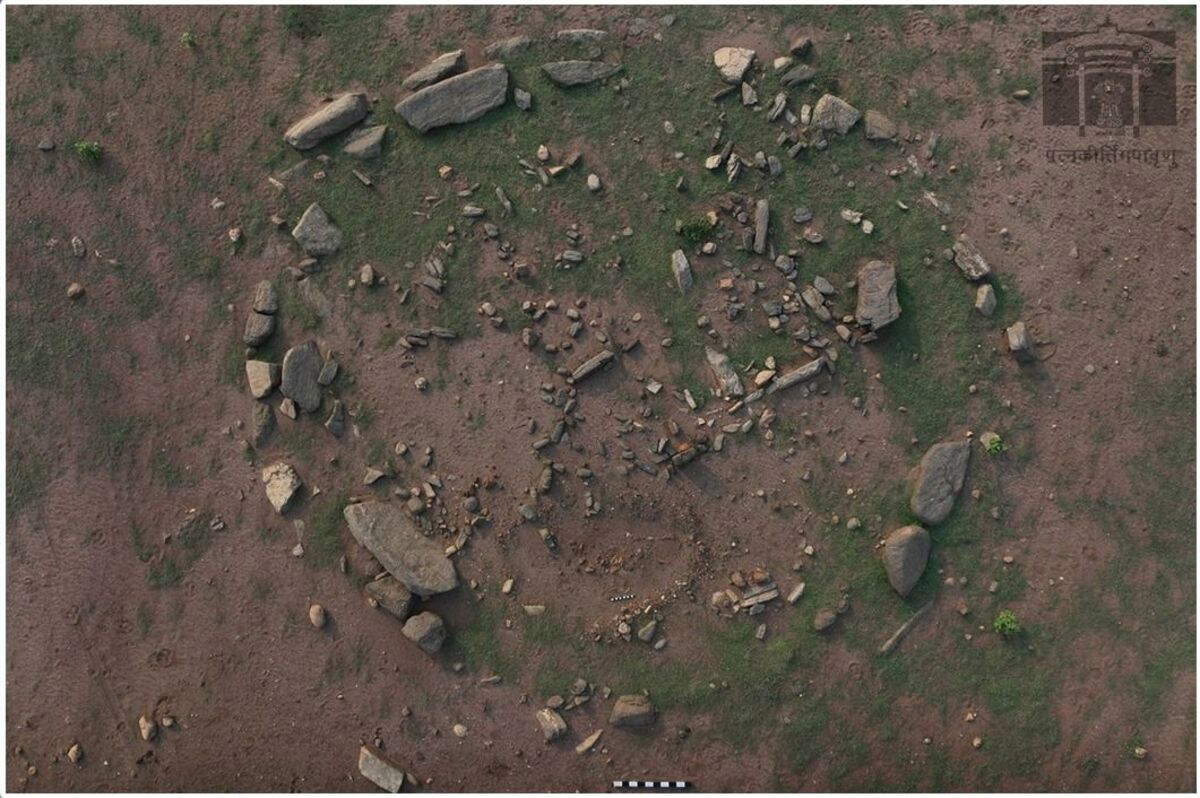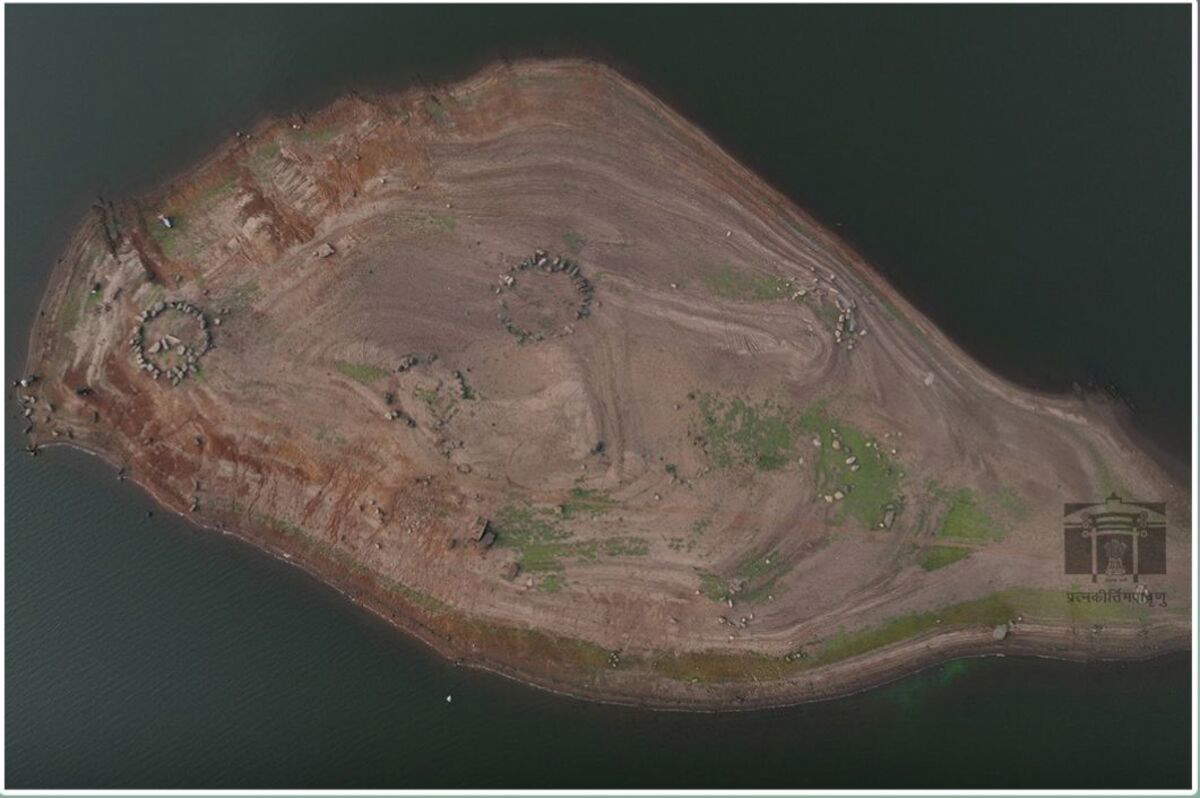Anthropology
Related: About this forumAncient Megalithic Structures and Inscriptions Discovered in South India
By
Abdul Moeed
March 26, 2025
The Archaeological Survey of India (ASI) has uncovered a large number of ancient megalithic structures near the Malampuzha Dam in Palakkad, Kerala. Spanning 45 hectares, the excavation revealed over 110 megaliths, primarily built from large granite slabs and boulders, with some incorporating the region’s native reddish laterite stone.
Researchers identified a variety of burial types, including stone circles, urns, and stone chambers. Many of these chambers contain one or more small rooms constructed with upright stones. A prominent feature of the site is the presence of dolmens — flat stone slabs placed atop vertical stones — commonly used as tombs in ancient times.
Archaeologists believe these findings offer new insight into how early communities conducted burials and viewed death. The layout and clustering of the structures suggest a well-organized society during the early Iron Age. Ongoing studies are expected to reveal more about the people who built them, their customs, and how they lived.
Prehistoric rock art revealed in Andhra’s Remote Forest Shelters
In a separate discovery, ASI teams working in the Lankamala Reserve Forest in Kadapa, Andhra Pradesh, found three rock shelters featuring prehistoric art. One shelter contains vivid paintings of animals, human figures, and abstract designs.
More:
https://greekreporter.com/2025/03/26/ancient-megalithic-structure-tomb-india/
~ ~ ~
India, more than 110 megaliths discovered near a dam in Kerala, a trace of the Iron Age
by Redazione , published on 26/03/2025
Categories: Archaeology / Disclaimer
Recent explorations conducted near the Malampuzha Dam in Palakkad district, Kerala, a state ofIndia, led to the discovery of more than 110 megaliths scattered over an area of about 45 hectares. The discovery, made by theArchaeological Survey of India (ASI) team, is a major contribution to the understanding ofIron Age burial practices and belief system in southern India.
The archaeological survey uncovered several types of megalithic structures, including single and multiple cists, stone circles, funerary urns, dolmens and dolmenoid cists. Most of these burials were built using massive granite slabs and boulders, while some also incorporate lateritic stone, a common material in the region.

Megalithic structures found at the Malampuzha Dam in Palakkad, Kerala

Megalithic structures found at the Malampuzha Dam in Palakkad, Kerala
Funerary cists, one of the most recurring features at the site, consist of large stone slabs forming burial chambers, sometimes single and in other cases subdivided into several compartments. The variety of burials suggests the existence of social stratification in the community that made them, with differences in the treatment of the deceased. The dolmens, with their characteristic structure of horizontal slabs supported by stone pillars, also indicate a well-established funerary tradition.
The size of the site and the significant number of graves suggest that the area was an important center for Iron Age megalithic communities. The discovery of such a large complex of burials in a limited area could provide new elements for understanding the social organization and ritual practices of these populations. The presence of funerary urns, typical of secondary burials, indicates that the remains of the deceased were in some cases treated with specific rituals before being finally laid to rest. Ongoing investigations aim to establish a more precise chronology for the structures found and to identify any organic remains or artifacts buried within the graves. The combined use of granite slabs and lateritic stone in the burials could also suggest different cultural influences or a progression in construction techniques over time.
More:
https://www.finestresullarte.info/en/archaeology/india-more-than-110-megaliths-discovered-near-a-dam-in-kerala-a-trace-of-the-iron-age
Oopsie Daisy
(5,553 posts)wolfie001
(4,332 posts)No to Pseudoarcheology! ![]()